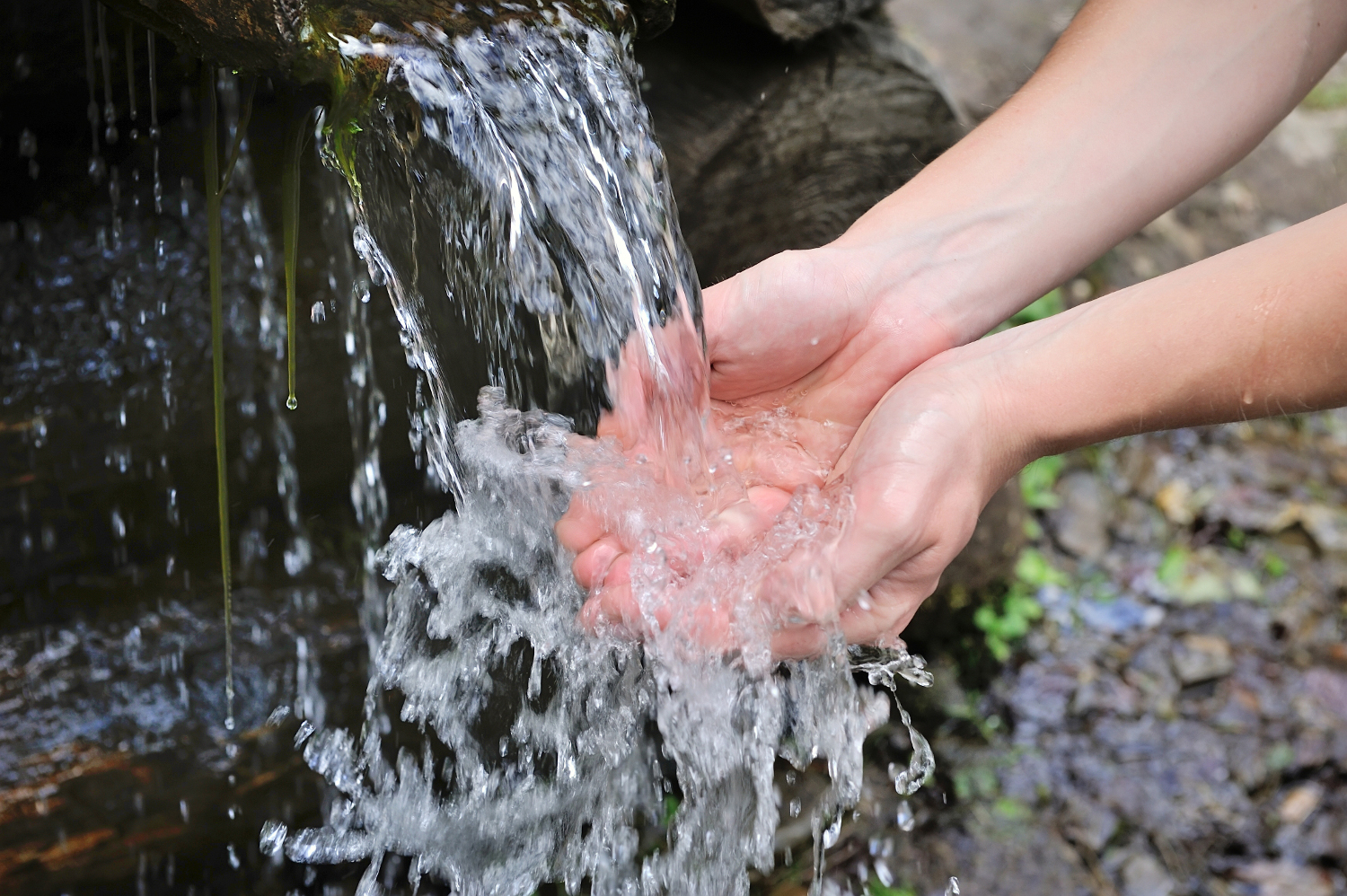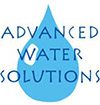Common California Water Contaminants

When it comes to the water from your tap, there are many steps involved in making it safe for you to drink or use for cooking and cleaning. It goes through several filtration processes, partly because of the contaminants that are found in ground water. This is true in any location, but it’s becoming more of a problem for the state of California. With contaminants being found at higher levels than before, there are new questions being asked about the filtration process. Some California water contaminants are man-made, while others are naturally found in the ground, but all of them can be treated with the right filter. Here, Advanced Water Solutions will take a look at some of these California water contaminants to try to figure out how we can deal with them.
Chlorine
There are high levels of chlorine or chloramines found in some California water. While chlorine is often added to water for disinfection, such as in swimming pools, it’s not a substance you want in your drink. In order to properly treat this common contaminant, catalytic carbon is often used, because it’s very effective. There’s also a filter system called Granular Activated Carbon (GAC) that can be used to help balance the chlorine levels in your water.
Nitrate
This is another contaminant commonly found in California water that can get past the basic filtration process. There are a couple of ways to treat this problem in your home or business. One is to use a reverse osmosis system as well as resin media filter. This system cleans out the contaminants when the water is forced through a membrane in the filter. This type of filtration is often done at the tap for drinking water but can also be done with a whole house filtration system to spread the clean water throughout the entire building.
Arsenic
Another troublesome California water contaminant is arsenic. This common (and dangerous) substance can be filtered out of the water supply with several different options. While this contaminant can be treated by reverse osmosis or bone char, the best option to filter it out is with activated alumina. Activated alumina uses a physical process where ions are removed with absorption sites on an oxide surface.
Iron and Manganese
These two contaminants are similar in their chemical makeup. This means that they cause the same type of issues when found in the water supply, and that the filtration process can be the same for both. Iron and manganese are easily be treated with an ion exchange process, as with a water softener. This method can be easily adjusted, based on the levels of contamination coming through your faucets.
Dirt and Sediment
This type of contaminant can be an issue for most any water supply. Sediment has a detrimental effect on the lifespan of the appliances in your home. It will stick to the insides of your pipes, making them clog and break down. You definitely need to make sure that the sediments are getting properly filtered out of your home’s water supply. To treat this problem, you can simply use either a point of entry filter system or a whole home water filtration system. To help protect your home, these filters can also be added to the main incoming waterline. Sediment filters come in many sizes, and AWS will guarantee that you get the one that’s right for your home.
Trichloropropane
This contaminant, also know as TCP, is a newly found issue in the state of California. As of 2018, there are no FDA regulations on its presence in your tap water. TCP is a waste product from producing plastic and has been added to fumigants that farmers spray to help kill pests on their crops. This means that there are several ways this contaminant is seeping into the ground and the water supply. The state’s water treatment plants are aware of this new contaminant and are actively installing some new equipment and processes that can filter it out. This includes new water treatment tanks that contain activated carbon and new wells.
With the many natural and man-made contaminants flowing through our groundwater, it’s important to have your home tested for California water contaminants. This will help you install the right water filtration system for your location. There are many options available to fit the needs of your home. In most cases, your city’s water treatment plant does a great job of filtering out these types of contaminants, but you can never be too safe when it comes to the quality of your family’s drinking water!
